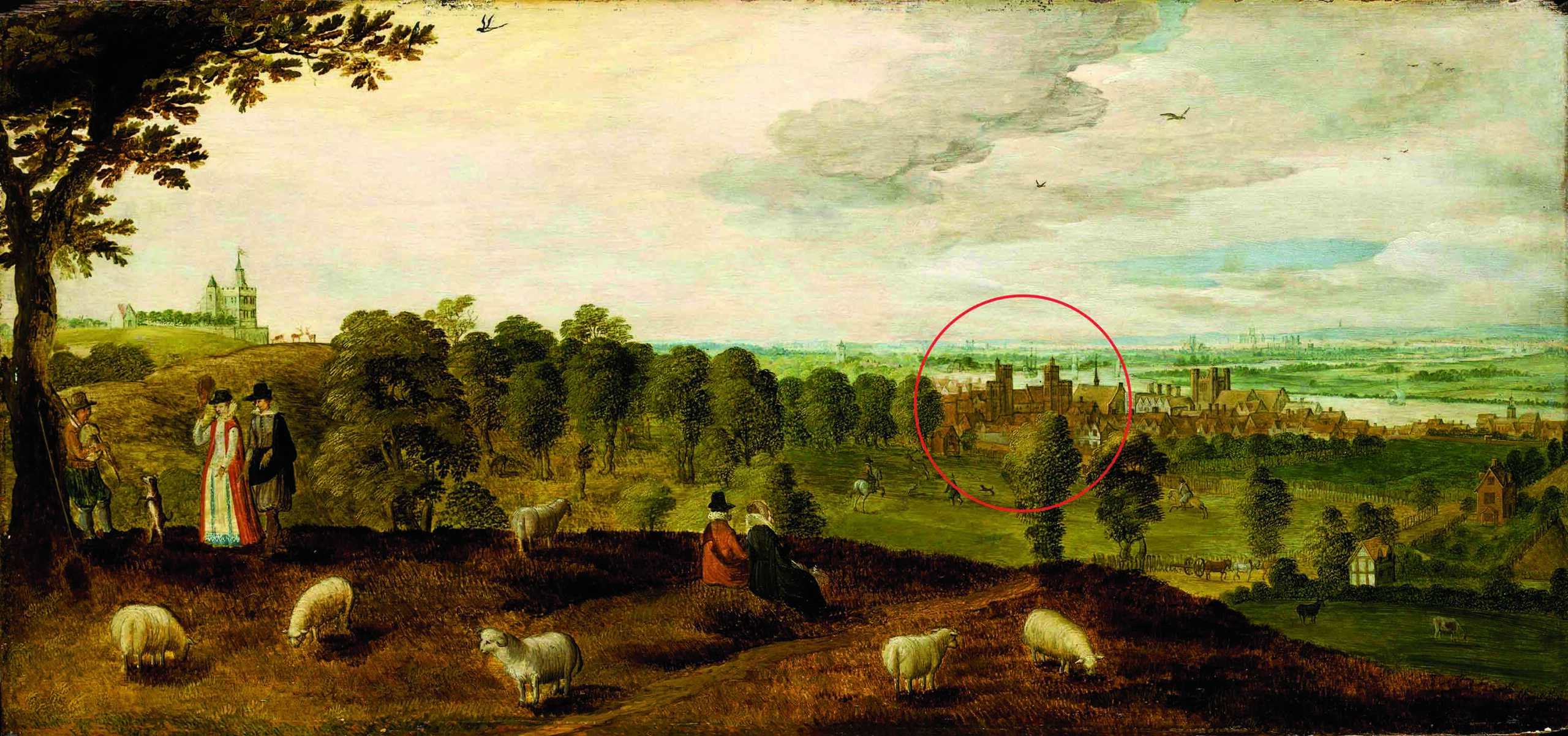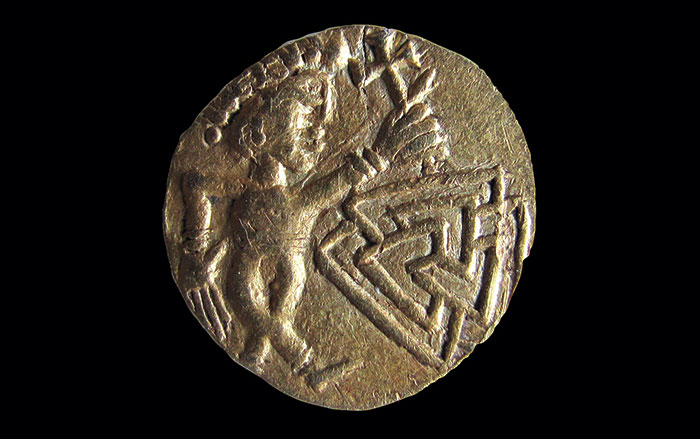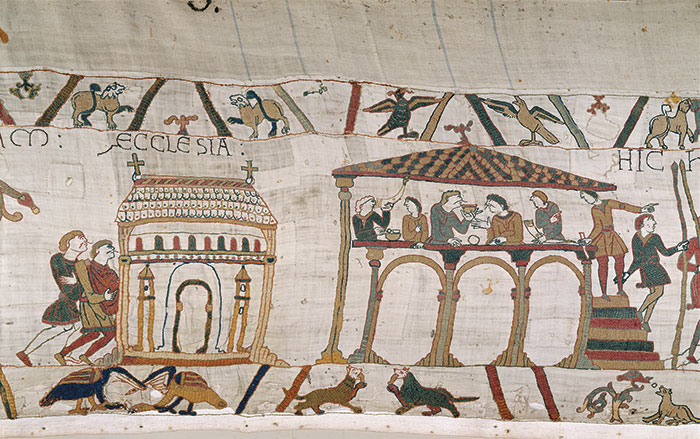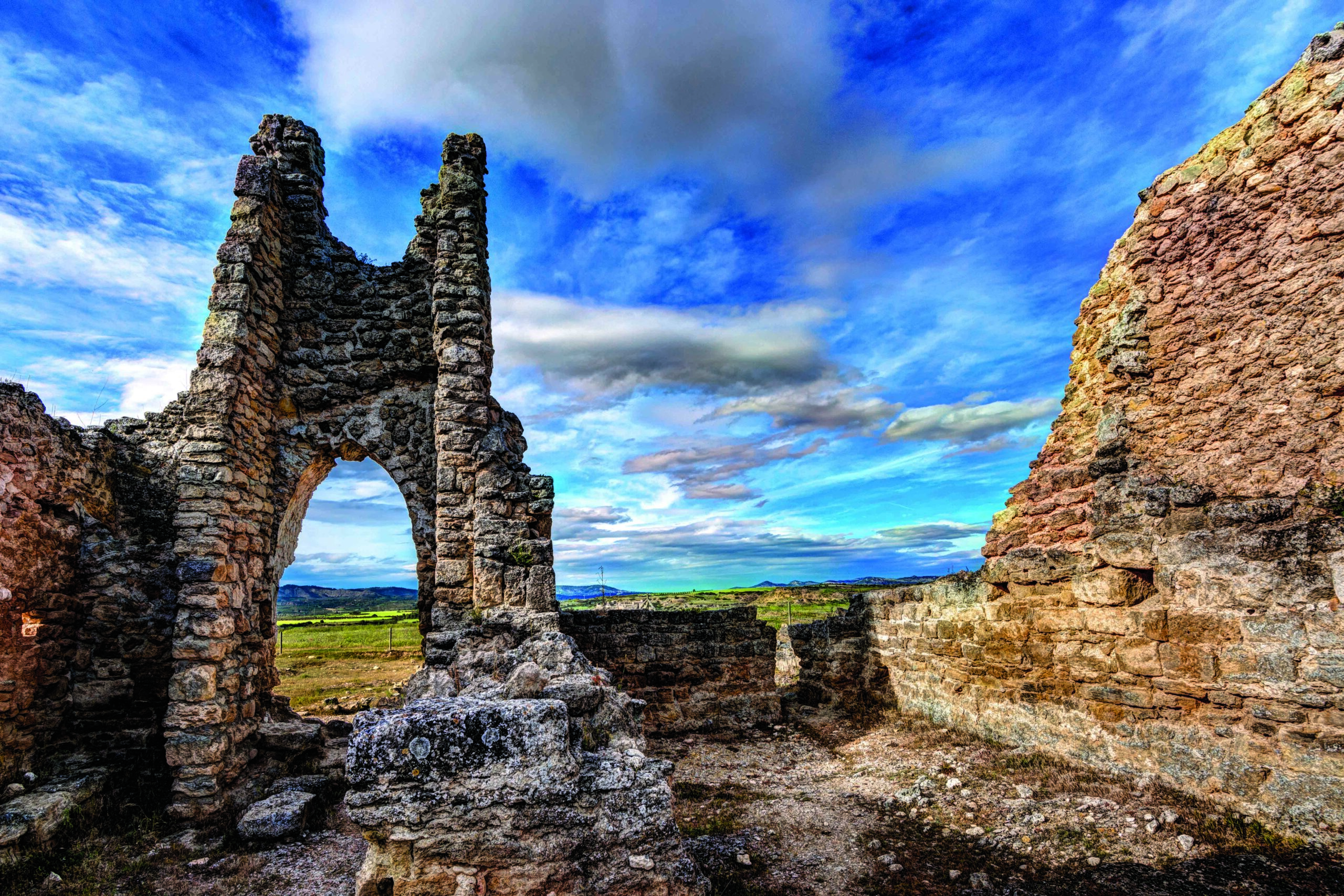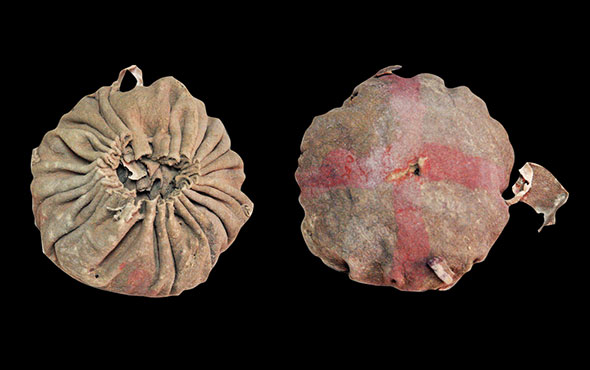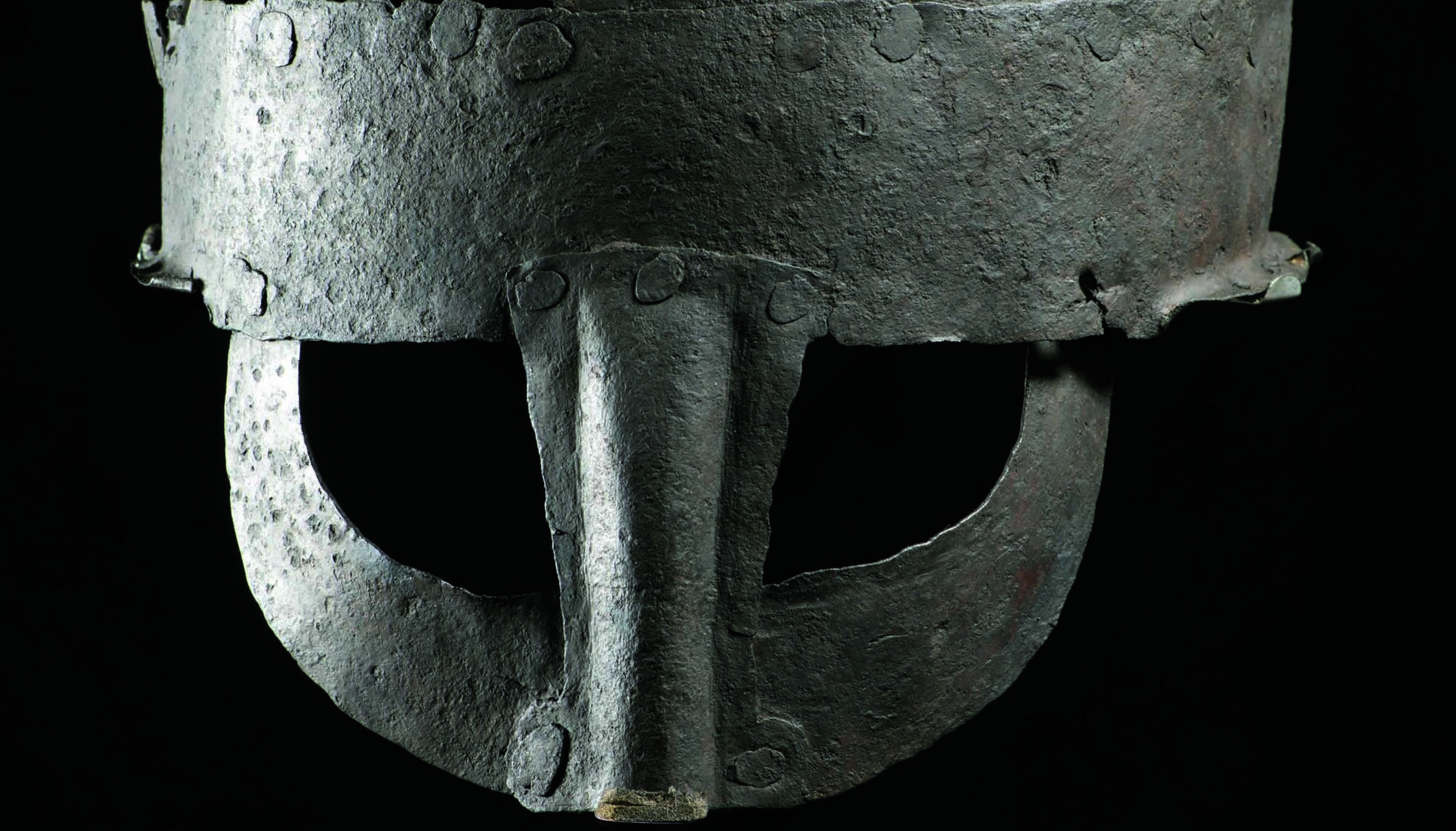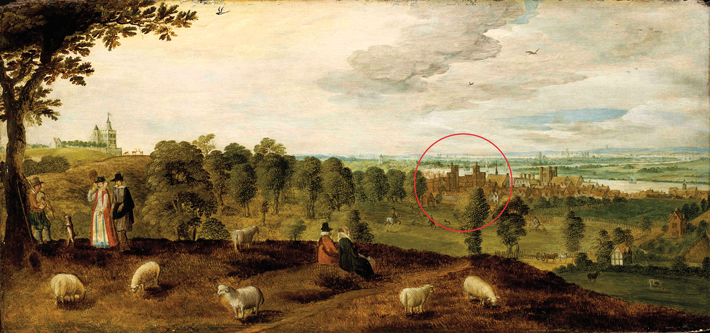
Henry VIII’s jousting yard on the former grounds of Greenwich Palace has been located using ground-penetrating radar. Jousting was one of Henry’s (r. 1509–1547) favorite pastimes, so he ordered a custom-built tiltyard to be constructed at his beloved residence, where he often entertained and held tournaments. However, the game ground’s precise location was lost when Greenwich Palace was torn down in the mid-seventeenth century. A research team led by the University of Greenwich’s Simon Withers knew the yard was somewhere on the property of the National Maritime Museum. They were able to pinpoint its exact location by identifying the foundations of a tower from which courtiers viewed the jousting competitions. “The tiltyard is shown in contemporary paintings to have two large octagonal brick towers,” says Withers. “On our second day, we saw an octagonal shadow some distance from where it should have been, which was unbelievably unexpected and exciting. [Its shape] was the defining factor in confirming the find.”
The tiltyard was the site of a pivotal event in the king’s life, when, in January 1536, he was knocked unconscious and nearly died during a joust. Historians believe the head trauma Henry suffered may have left the mercurial Tudor monarch with permanent brain damage, contributing to his increasingly erratic behavior later in life. Just four months after the accident, Henry ordered the beheading of his wife, Anne Boleyn, as punishment for possibly spurious charges of infidelity and treason.


